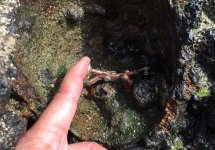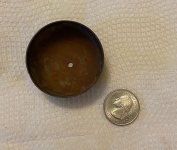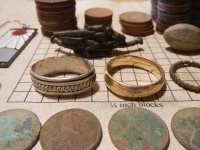diabolicalbeans
Jr. Member
- Oct 30, 2020
- 80
- 405
- Detector(s) used
- Garrett AT Pro
- Primary Interest:
- Metal Detecting
I found what I believe is a very old homestead in the woods, I spent HOURS there carefully searching with these 2 buttons being the only result. If anyone could tell me more about them that would be awesome. The larger says "EXTRA STEONG GILT"


Amazon Forum Fav 👍
Upvote
13







